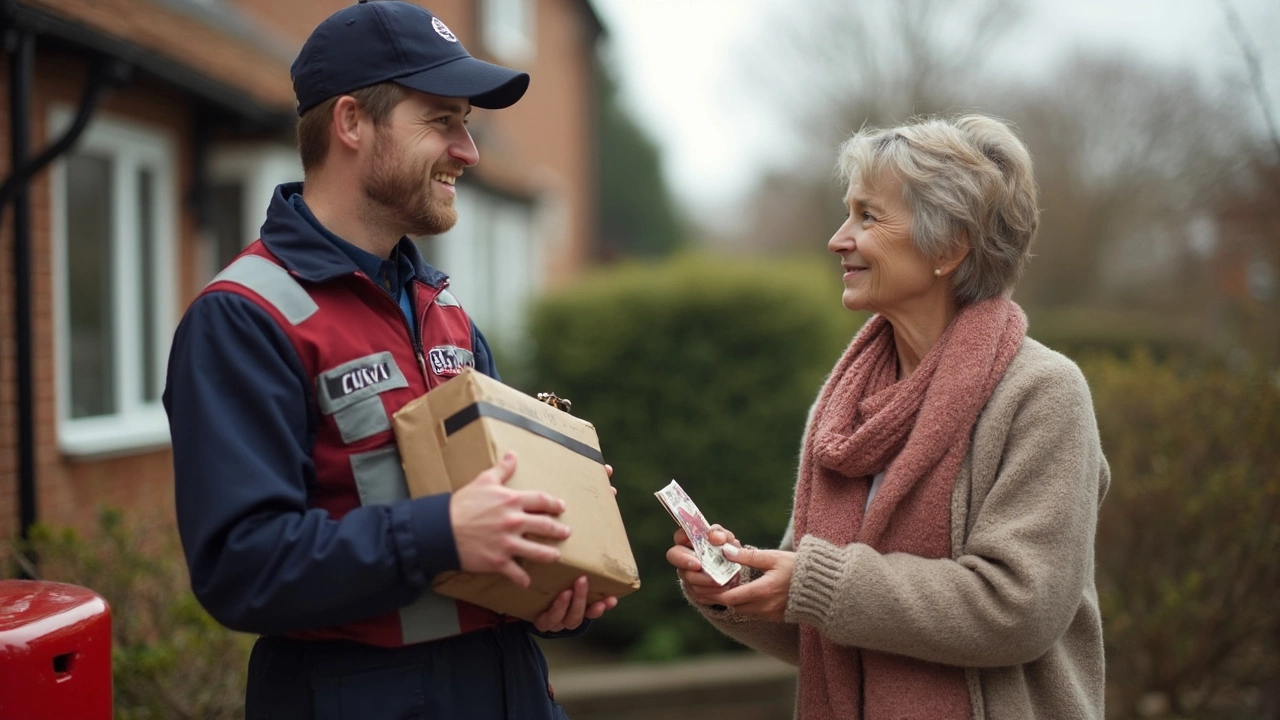Payment Methods: How to Choose the Right Way to Pay Online and In‑Store
When you’re buying a new sofa, ordering a kitchen gadget, or sending a package, the way you pay can be just as important as the product itself. A smooth payment experience means fewer headaches, faster shipping, and peace of mind that your money is safe. In this guide we’ll break down the most common payment methods, what they’re good for, and simple tricks to keep your transactions secure.
Credit and Debit Cards – The All‑Rounder
Credit and debit cards are still the workhorse of online shopping. They’re accepted everywhere, process instantly, and most banks offer built‑in fraud monitoring. If you want points, travel miles, or cash‑back, a credit card can turn everyday purchases into rewards. A few practical tips:
- Use a card that offers zero‑interest for a short grace period if you plan to pay the balance quickly.
- Enable alerts for any transaction over a set amount – it catches unauthorized use fast.
- Store only the last four digits of your card on the site; never write the full number on paper.
Debit cards work the same way but pull money directly from your bank account. They’re great for staying within budget, but they don’t build credit history the way a credit card does.
Digital Wallets – Fast and Convenient
Apps like PayPal, Apple Pay, Google Pay, and Amazon Pay let you pay with a tap or a click without typing card numbers each time. They encrypt your details, so the merchant never sees the actual card info. This extra layer of protection makes digital wallets a solid choice for frequent shoppers.
Here’s why you might pick a digital wallet:
- One‑click checkout on sites that support it saves time.
- Easy to link multiple cards, so you can switch funding sources on the fly.
- Built‑in dispute tools let you flag a problem and get a refund without contacting the seller directly.
Just remember to keep the app’s password and biometric settings up to date – a weak password defeats the security benefits.
Bank Transfers and Direct Debit – Good for Big Orders
When you’re paying for a large furniture piece or a bulk delivery, many retailers accept bank transfers or direct debit. The advantage is lower processing fees, which sometimes translates into a small discount for you. The downside is that the money moves slower – usually one to two business days – and you lose the instant protection that a card offers.
If you choose this route, double‑check the account details before hitting send and keep a screenshot of the transfer confirmation. That way you have proof if the seller claims they never got the payment.
Buy Now Pay Later (BNPL) – Spread the Cost
Services like Klarna, Afterpay, and Clearpay let you split a purchase into interest‑free installments. They’re appealing for high‑ticket items because you don’t need to front the full amount. Treat BNPL like a short‑term loan: pay each instalment on time, or you’ll face fees that quickly add up.
A quick rule of thumb – only use BNPL if you’re 100% sure you can meet the payment schedule. It’s easy to forget a due date, and a missed payment can harm your credit score.
Security Tips You Can’t Ignore
No matter which method you pick, keep these basics in mind:
- Shop on sites that use HTTPS – look for the padlock icon in the address bar.
- Enable two‑factor authentication on any account that stores payment info.
- Check your statements weekly; spot‑check for unfamiliar charges.
- Never share your CVV, PIN, or OTP with anyone, even if they claim to be from “customer support”.
Following these habits makes it far harder for fraudsters to succeed, and you’ll notice fewer surprise charges.
Choosing the right payment method is about matching convenience, cost, and security to your shopping style. Whether you stick with a trusty credit card, switch to a digital wallet, or try BNPL for a big purchase, the key is to stay aware of the terms and keep an eye on your accounts. With the right approach, you’ll enjoy faster checkouts, safer transactions, and maybe even a few extra rewards along the way.
This article answers the common question of whether couriers bring cash during deliveries. It dives into how cash on delivery works, payment methods accepted by couriers, and security around handling cash in the delivery business. You’ll get practical tips for both senders and receivers. Real-life scenarios and simple advice make it easy to understand what to expect from your parcel’s journey.
May, 4 2025
